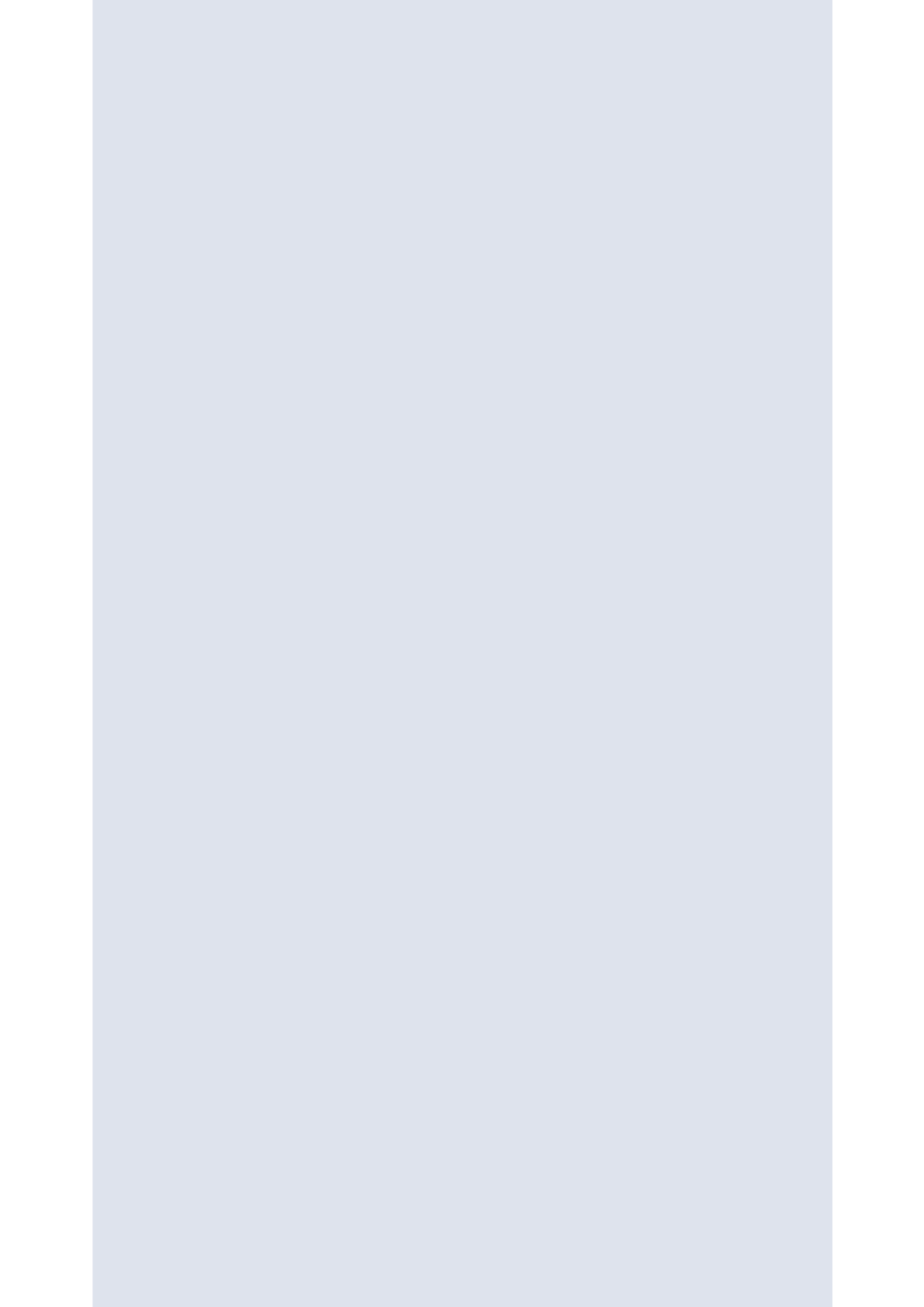
19
modern art forms started to appear in official contexts. Soon a crescendo of other spaces for art
would come into play later during the 1980s. Since State-affiliated venues still dominated the
scene and some works of radical or avant-garde styles were still unable to be exhibited openly,
young artists distant from the official spheres of political art periodically gathered together and
exhibited modern styled works of art in their personal ‘strongholds’ – namely family apartments
or personal dwellings. These and other brief exhibitions organized by regional or local painting
and photographic societies catered to a smaller, decidedly more ‘insider’ audience base. It should
be noted that the growth of this audience (née community) would eventually morph into what is
known as the Chinese avant-garde. Art of this period not only surpassed the early salon (huahui)
and modernism painting styles, but entered into a new phase of ‘conceptual art’. The dawn of these
new art forms in China – language-based installations, interventions and performance and video
that borrowed heavily from western conceptualism – coincided with an influx of freshly translated
philosophical and art historical texts from Europe and North America. These texts in turn spawned
a spate of art collectives who organized shows and ad-hoc events or ‘happenings’ that took place
in smaller, makeshift venues. It was this open and relaxed atmosphere, with no onus upon artists
to make living from their craft and no art market, which fomented an idealist tenor that infected
artists and intellectuals alike. To this day, the conditions of the1980s are still romanticized as ‘pure’,
allowing a generation of artists to experiment with art in ways never possible before, or for that
matter, since.
Marked by a genuine interest to understand their own position in the world, Chinese artists in the
late 1980s explored any and all ways to execute and exhibit their work. Take for example Geng
Jianyi’s conceptual work Forms and Certificates from 1988. Partially conceived as a covert way of
testing his fellow avant-garde artists, the Hangzhou-based Geng piggybacked his project on the
invitation letters sent out to participants of the Huangshan Conference, a forum called in 1988
to discuss the planning of the upcoming 1989 China Avant-Garde Modern Art Exhibition at the
National Art Gallery (now NAMOC)
5
. The additional form Geng invented was inserted into the
official invitations that were sent out by the organizing committee and included absurd questions
such as “What is your favorite animal/food/music?” and “Do you like women?” Tellingly, after
enduring years of Chinese bureaucratic systems nearly all duly completed the forms. When the
participants gathered for the conference, Geng performed the second part of his work: handing out
certificates of merit to reward those who had submitted properly completed forms. Such a project
was aimed to reveal the ranks of conformity lurking within China and by extension, his so-called
‘avant-garde’ cohorts. Geng’s gesture also hints at the invisible indoctrination at hand as artists
simultaneously claimed an avant-garde position while convening a highly structured and official
event concerning a highly anticipated exhibition. Another work of this period, by
Light from Light
artist Zhang Peili provides clues about the structured process of viewing exhibitions. His
Exhibition
Procedures
(which later evolved into
Art Project No. 2
) from 1987 consists of nineteen typed pages
containing rules and regulations for how the project itself is to be constructed. Instructions outline
both the artwork and the manner of its exhibition, mimicking forms legal language and conditional
restrictions about who can enter the space of the exhibition wearing what kinds of clothes and so
on. Laying out these terms in typical bureaucratic-speak, Zhang turns the systems of regulation into
the focus of attention, displacing the visual in favor of the verbal and textual. These are just some
examples of how the sphere of exhibition making and institutionalized behaviors collided with
artistic practices during the 1980s.
The decade following the disastrous events of Tiananmen Square in 1989 brought back a familiar
struggle between official and unofficial spheres of art. The China Avant-GardeModernArt Exhibition
staged in February of that year did little to improve the position of the participating artists and


